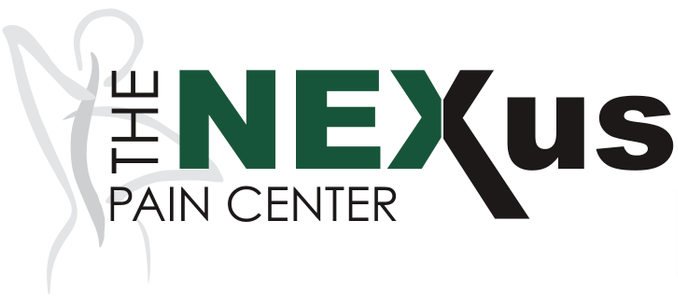Sciatica is a common condition affecting millions of people worldwide. It manifests as pain radiating from the lower back down through the legs, often caused by compression or irritation of the sciatic nerve. This blog post will cover three effective exercises designed to relieve sciatica pain. These exercises are easy to perform at home and can provide significant relief by reducing nerve tension and improving flexibility. Understanding and managing sciatica through targeted exercises can help improve your quality of life and reduce discomfort.
Top 3 Exercises To Relieve Sciatica Pain
1. Knee-to-Chest Stretch
The knee-to-chest stretch is a simple yet effective way to relieve pressure on the sciatic nerve by stretching the lower back and glutes.
– How to Perform:
1. Lie on your back with your legs extended.
2. Bend one knee and bring it towards your chest.
3. Clasp your hands around the knee and gently pull it closer to your chest.
4. Hold the position for 30 seconds.
5. Repeat with the other leg.
This exercise helps to loosen the gluteal and piriformis muscles, which can often become inflamed and press against the sciatic nerve.
2. Standing Hamstring Stretch
Stretching your hamstrings can significantly reduce tension on the sciatic nerve, providing relief from pain. Tight hamstrings can exacerbate sciatic pain by increasing tension in the lower back and pelvis, which in turn puts pressure on the sciatic nerve. By performing the standing hamstring stretch, you lengthen these muscles and reduce this tension, promoting better nerve mobility and reducing discomfort.
– How to Perform:
1. Stand and place one foot on a slightly elevated surface (such as a step or a chair).
2. Keep your leg straight and your toes pointing upward.
3. Gently lean forward from your hips, keeping your back straight, until you feel a stretch along the back of your leg.
4. Hold for 30 seconds.
5. Switch legs and repeat.
This exercise is excellent for alleviating hamstring tightness and improving overall flexibility. Stretching the hamstrings helps to improve blood flow and flexibility, which can further aid in reducing sciatic nerve irritation.
3. Pelvic Tilt
The pelvic tilt exercise helps strengthen the lower back muscles and improves the alignment of the pelvis, which can reduce sciatic pain. By engaging the core and pelvic muscles, this exercise stabilizes the spine and decreases the load on the lower back, thereby reducing the pressure on the sciatic nerve.
– How to Perform:
1. Lie on your back with your knees bent and feet flat on the floor.
2. Flatten your lower back against the floor by tilting your pelvis up slightly.
3. Hold this position for a few seconds, then relax.
4. Repeat for 10 to 15 repetitions.
Regularly performing this exercise can help stabilize the lower back and improve posture, providing long-term relief from sciatica. The pelvic tilt is particularly effective because it strengthens the muscles that support the spine, which can help prevent future episodes of sciatica.
Additional Tips to Relieve Sciatica Pain
While these exercises are beneficial, combining them with other treatments can enhance their effectiveness. Here are some additional methods to consider:
- Heat and Cold Therapy: Alternating heat and cold packs can reduce inflammation and soothe muscle tension.
- Medications: Over-the-counter pain relievers like ibuprofen can help manage pain and inflammation.
- Physical Therapy: A personalized exercise plan from a physical therapist can provide targeted relief.
Why Choose Nexus Pain Center For Sciatica Treatment?
At Nexus Pain Center, we are committed to helping you manage and overcome your sciatica pain. With locations in Columbus, Fayetteville, LaGrange, Newnan, and McDonough, we offer comprehensive pain treatment solutions tailored to your needs. Our team of experienced professionals is dedicated to providing the highest standard of care to help you live a pain-free life.
For more information on sciatica treatment and to schedule an appointment, visit our Sciatica Treatment page.
By incorporating these exercises into your daily routine, you can significantly reduce sciatica pain and improve your overall quality of life. Remember to always consult with a healthcare professional before starting any new exercise regimen, especially if you have underlying health conditions or severe pain. Share this information with friends and family who might benefit from these sciatica relief techniques.

